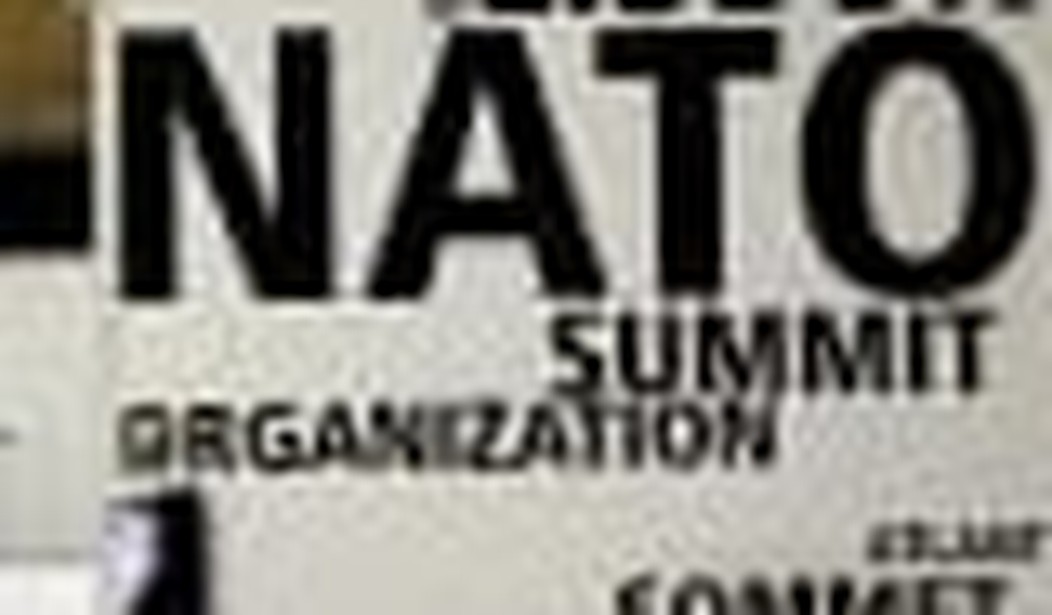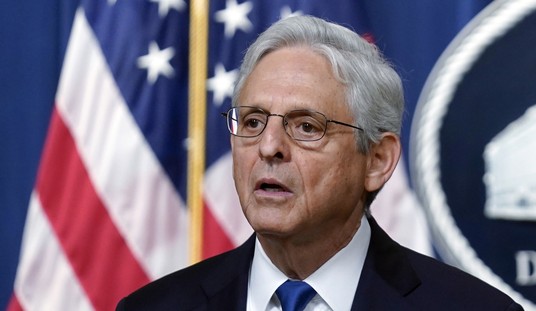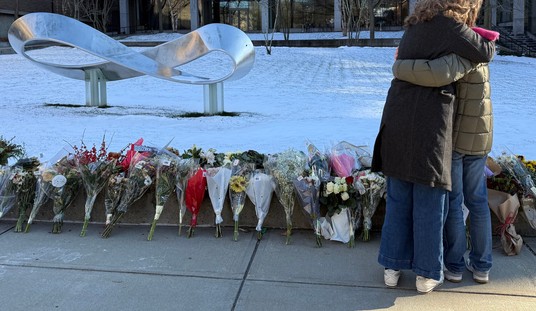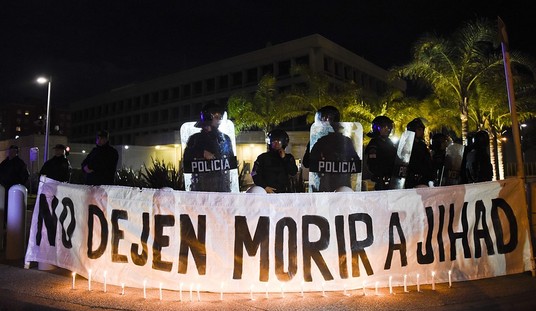The leaders of the 28 member states of the North Atlantic Treaty Organization (NATO) meet in Lisbon, Portugal, on November 19-20 to chart the future course of the transatlantic military alliance. The gathering in Lisbon is being billed as one of the most important summits in the history of the alliance.
The centrepiece of the NATO summit will be the unveiling of a new strategic concept, or mission statement, to shape the way the alliance defends itself against threats over the next decade. NATO has struggled to define itself in a post-Cold War world of expanding threats and shrinking budgets, and in Lisbon the alliance will try to lay out a vision for itself as a more agile grouping better able to deal with the security realities of the 21st century.
The strategic concept will reconfirm NATO’s commitment to its core task of mutual defense in Europe, but it will also stress the need for the alliance to ensure that it can mount expeditionary operations elsewhere in the world, such as its ongoing mission in Afghanistan, or the anti-piracy operations off the coast of Somalia.
The document will embrace the deployment of a land-based NATO missile-defense system and approve cost-cutting plans to reduce overlapping weapons systems and streamline the alliance’s command structure. It will also stress the need for alliance members to modernize their armed forces to deal with contemporary security threats, such as cyber security.
NATO’s new strategic blueprint will endorse U.S. President Barack Obama’s disarmament vision of a “world without nuclear weapons,” although it will also stress that NATO will remain a nuclear-armed alliance for as long as others have such weapons.
The document will call for NATO to engage more actively on security with non-alliance members such as Australia, China, India, Japan, and especially Russia. Russian President Dmitry Medvedev will meet NATO leaders on the last day of the Lisbon summit, becoming the first Russian president to attend a NATO gathering since his country’s conflict with Georgia in 2008.
Last but not least, NATO leaders will discuss the future course of the nine-year war in Afghanistan. They will back a strategy of starting to hand security responsibility to Afghan forces in 2011, although plans to bring NATO’s combat operations to a complete end by late 2014 seem highly doubtful.
NATO has been called the most successful military alliance in history, a bulwark of freedom and democracy for more than six decades, and the coalition that won the Cold War without firing a single shot. But since the fall of the Berlin Wall more than 20 years ago, NATO has often appeared ill-equipped to cope with the new strategic realities of the post-Cold War era.
The Lisbon summit will go a long way to determining whether NATO will remain relevant in the future. Despite its many limitations, NATO is a valuable U.S. foreign policy asset. Not only is it the main forum for transatlantic defense, it also enables the United States to exert a significant degree of diplomatic, political, and military influence over Europe. As such, it is very much in the American interest to keep NATO alive and kicking.
Following are further details on some of the key issues that will be addressed at the Lisbon summit:
Afghanistan: Transition Strategy or Exit Strategy?
Afghanistan will be the top issue on the summit agenda, with exit strategy and transition to Afghan ownership being the key topics for discussion. The Afghan mission has been NATO’s largest combat role in its 61-year history and the first outside of Europe. It has also prompted the biggest questions about NATO’s long-term viability.
NATO’s primary immediate challenge is finding a satisfactory conclusion to the nine-year war. The main strategy hinges on a faltering effort to build up Afghan security forces to a level at which they are capable of containing a Taliban insurgency which has spread throughout the country. American targets call for expanding the Afghan army and police to 306,000 by October 2011 from around 260,000 now. But American plans have been hampered by high desertion rates and an Afghan government that is widely seen as too corrupt, inept, and unstable to survive long without foreign military support.
The White House wants NATO allies to commit to a blueprint for shifting primary security responsibility to Afghan forces by 2014. In theory, that would allow for the gradual reduction of foreign troop numbers from the current peak of 150,000 soldiers from more than 40 countries.
Obama has set a July 2011 date for American troops to begin withdrawing from Afghanistan. A White House review of U.S. strategy in Afghanistan, due in December 2010, will help to determine the pace of those withdrawals.
In any case, Obama’s pledge to start withdrawing U.S. troops has emboldened the Taliban and encouraged allies to scale back their own roles. The Netherlands has already ended its combat commitment and Canada plans to do so in 2011. Germany and France want to cut their troop levels in 2011, as does Britain, which hopes to end its combat role by 2015.
Denmark says it wants to withdraw most of its 700 troops from Afghanistan by 2015, and Sweden has said it hopes its 600 troops in northern Afghanistan will be able to start handing over security responsibility to Afghan forces in 2011.
In the end, however, the main issue will be whether NATO troop withdrawals will be gradual enough to prevent the security situation from deteriorating.
NATO’s future credibility lies with ensuring a workable transition in Afghanistan; a messy conclusion to the conflict will further damage NATO’s prestige. As a result, NATO leaders will seek to reassure Afghanistan that the alliance is not abandoning the country.
U.S. Special Representative for Afghanistan and Pakistan Richard Holbrooke insists that that the international force will not leave completely, and “it definitely doesn’t mean we’re going to repeat 1989 when the U.S. turned its back on Afghanistan as soon as the Soviets left. What happened in 1989 was a straight line to 9/11, and from 9/11 to where we are today. It is the most extraordinary story of unintended consequences I think in American foreign policy history.”
New Strategic Concept: Global NATO?
At the Lisbon summit, NATO leaders will endorse a new strategic concept, one that sets out the alliance’s tasks and objectives over the next decade. The overriding issue is whether NATO’s future role will be directly limited to European security, or whether it will be a tool to promote Western (i.e., American) interests in other parts of the world.
The United States, Britain, and France want NATO to be a global organization, while Germany and much of central Europe want the alliance to reduce its focus to continental Europe, the region NATO was originally created to defend.
Facing a resurgent Russia, the former Soviet states of central and Eastern Europe are especially worried about what they perceive to be the gradual erosion of Article 5 security guarantees since the end of the Cold War due to the NATO campaigns in the Balkans, Africa, and Asia. The new strategic concept will re-emphasize Article 5 and mutual defense. (Article 5 of the North Atlantic Treaty commits each member state to consider an attack against one state as an attack against all.)
In any case, NATO’s first out-of-area mission, namely Afghanistan, has not been a shining success, largely because many European allies have been unwilling to deploy their troops in frontline combat zones. The main challenge for NATO (which now has 28 members) is that as it moves farther away from Europe, alliance consensus becomes increasingly difficult to achieve.
NATO Anti-Missile Shield
NATO leaders are expected to agree to agree to invest $275 million (200 million euros) over the next ten years to link their existing missile defense capabilities and missile interceptors with radars the United States plans to deploy in Europe. NATO says the land-based missile-defense system is aimed at protecting the territory of NATO states from an increased threat from states such as Iran.
The United States plans to install elements of its missile defense system in Poland, Romania, and possibly Turkey, although Ankara has been balking at the idea. Turkey, the only Muslim state in NATO, says it does not want NATO to identify fellow Muslim states Iran and Syria, or Russia, as potential enemies.
Turkish Prime Minister Recep Tayyip Erdogan also says: “The issue is who will have its [the system’s] command.” He says it would be “impossible” for his country to accept any components of the missile-defense system inside its territory without having full operational command and control over them. The White House insists that only the United States will have control over the system.
If Turkey refuses to host parts of the missile-defense system, the components will probably be based on U.S. bases in Germany.
NATO is also expected to invite Russia to cooperate on missile defense, although no definitive agreement is expected on this when NATO and Russian leaders meet in Lisbon.
NATO Relations with Russia
Russian President Dmitry Medvedev will attend the first summit-level meeting of the NATO-Russia Council, which was suspended after Russia’s 2008 intervention in Georgia, a NATO candidate country.
The main issue on the agenda will be an attempt to reach a preliminary agreement on the NATO missile-defense system, although the meeting will probably be limited to setting the stage for further discussions.
NATO is also looking for more Russian help in Afghanistan, namely by increasing supply routes and helicopters for Afghan forces.
Nuclear Weapons Posture
The new strategic concept will endorse the “global zero” nuclear disarmament vision backed by U.S. President Barack Obama. But U.S. Secretary of State Hillary Clinton clarified American goals by inserting an explicit statement that NATO should remain a nuclear alliance “as long as nuclear weapons exist.”
Although the German government has committed itself to removing American tactical nuclear weapons from German territory, no decision is expected to be made at the Lisbon summit. Although Belgium, Germany, Luxembourg, the Netherlands, and Norway believe “these weapons have no military purpose,” Turkey and the Baltic countries are adamantly opposed to their withdrawal. For its part, France says that NATO should not be used to promote nuclear disarmament in Europe.
Germany has tried to link its support for the NATO missile-defense system to a more forceful alliance commitment to a nuclear-free alliance. But the new strategic concept is not expected to make any such connection. Indeed, a draft text states that “deterrence, based on an appropriate mix of nuclear and conventional capabilities, remains a core element of our overall strategy.” It also calls the alliance’s strategic nuclear forces “the supreme guarantee of the security of the Allies.”
Cost-Cutting and Collaborative Spending
European members of NATO have already announced plans to cut billions of euros from their defense budgets as part of austerity measures brought on by the global financial crisis. These cuts are likely to add to American criticism that European allies are unable or unwilling to pull their weight on security, and thus add to existing frictions within the alliance.
In Lisbon, NATO leaders are also expected to approve radical but long-overdue plans to reform NATO’s command structure, which could see big cuts in the numbers of staff and command bases. Specifically, the proposals call for cutting the numbers of fixed headquarters to seven from 11 and trimming staff numbers to 8,500 from around 13,000. The politically sensitive decision on which bases to close will be deferred until June 2011; bases in Portugal, Turkey, and Italy are considered most under threat.
NATO leaders will also approve plans to cut the number of NATO agencies, which look after areas such as logistics, communications, research, and training, to three from 14 currently, although no decisions will be taken as to which will close and where the replacement agencies will be located.
At the same time, NATO leaders are expected to approve a list of 10 priority projects for collaborative spending covering areas such as helicopters, strategic air transport as well as technology to counter improvised explosive devices, which are the main killers of NATO troops in Afghanistan.









Join the conversation as a VIP Member